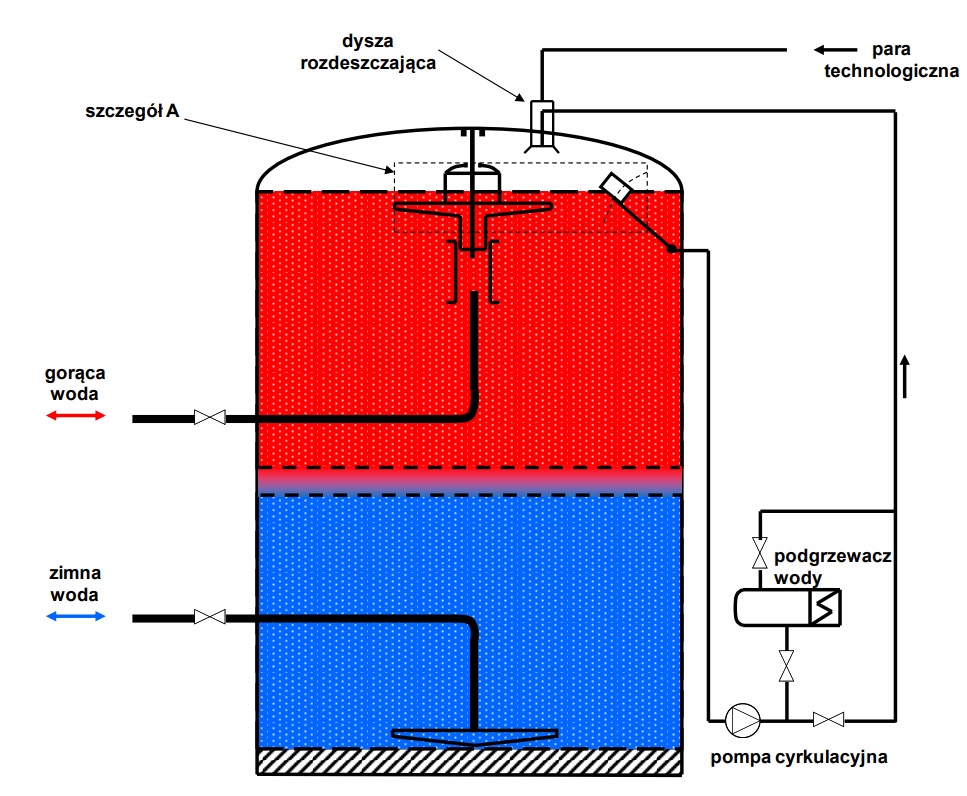The largest heat accumulator in the UE
The largest heat accumulator in the European Union will be built in Poland!
The PGNiG Termika Group recently signed an agreement with the consortium of Inżynieria Rzeszów and Energy Solution to build a heat accumulator on the premises of the Żerań CHP Plant. The accumulator, which will be the largest in the EU, will be built within 3 years for PLN 112.5 million. This news is not reported only by the industry media, because its impressive dimensions - 70 meters high, 36 meters in diameter and a capacity of 61 thousand m3 of water are impressive. But what are heat accumulators really and what are they used for? One of the effects of electricity production in a CHP plant is heat. While in periods of peak demand, e.g. in winter, this heat is used in the heating network on an ongoing basis, in the spring and summer period the demand for heat is lower than its production. This is where heat accumulators come in, allowing for the storage of excess heat, which is released into the network when demand increases. The principle of operation of the heat accumulator:
In the event of increased heat demand, the accumulator is discharged by releasing hot water at a temperature of 98 degrees to the network while simultaneously supplying cold water to the lower part of the tank. During reduced heat demand, the accumulator is charged with hot water supplied to the upper part of the tank while simultaneously receiving cold water from its lower part. The water level remains practically unchanged The stored water at a temperature of 98 degrees is separated from the cold water by a thermocline, which prevents the water from mixing. In the upper part of the accumulator there is a steam or nitrogen cushion, which, in addition to heating the water, also insulates the water surface from oxygen absorption. In times when electricity and heat are commodities, from an economic point of view, heat storage is an indisputable advantage - the stored heat used in later periods of increased demand will directly translate into lower fuel consumption by the CHP plants. However, the economic aspect is not the only advantage. Lower fuel consumption translates into lower carbon dioxide emissions. Built in 2021 in Poznań, the battery with a diameter of 24 meters and a height of 63 meters, which is smaller than the one being built in Żerań, was supposed to reduce CO2 emissions into the atmosphere by 24 thousand tons per year - it's like planting 4 million trees! Another, equally important advantage of batteries is the improvement of the efficiency of the municipal heating network and the increase in the security of supplies in critical periods. It is estimated that the battery being built in Żerań will store 10 TJ (ten trillion joules), which will allow for the output of about 230 megawatts of thermal power to the Warsaw heating network.
